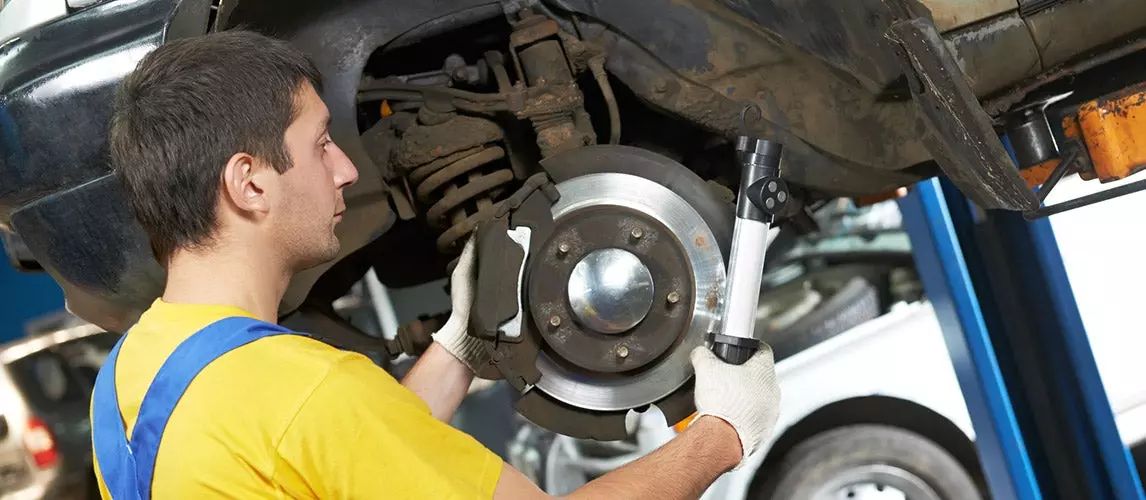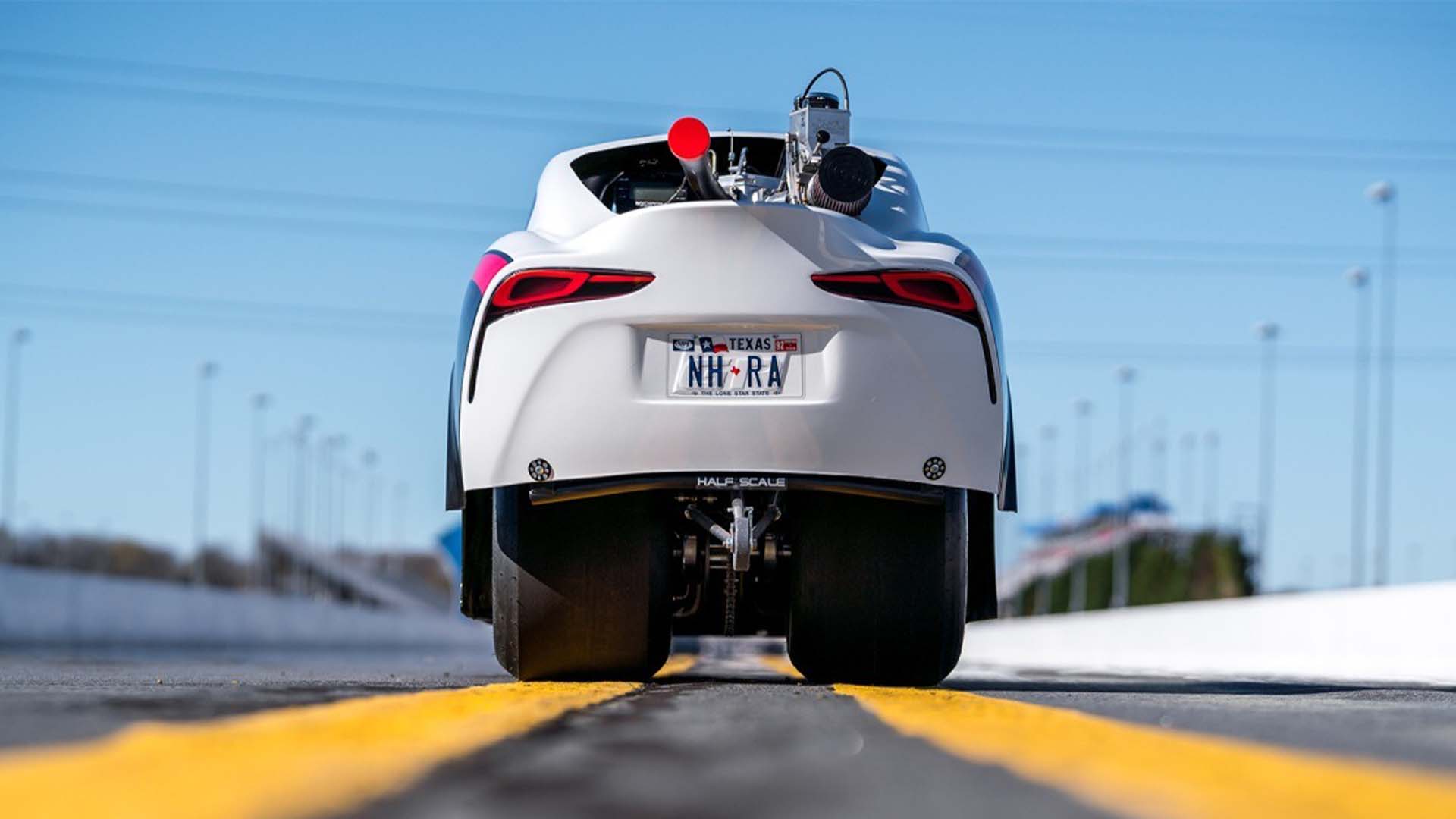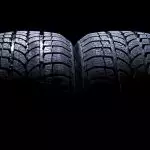A vehicle’s brake system is one of the most critical components that has a great impact on road safety. Being able to stop at the crucial moment can help avoid traffic collisions. It can help prevent injuries, damage to property, and even loss of life. A fully-functioning brake system is crucial to ensuring safety on the road. This safety decreases with brake fade. Learning everything you can about this phenomenon can help you maintain the road-worthiness of your car.
Defining Brake Fade
What is brake fade? This is a phenomenon or a condition whereby a vehicle is unable to stop moving with the application of the brakes. In most cases, there is a reduction in the braking power of the car. There are also cases when there is no braking power at all. This can be a very dangerous situation.
What can complicate matters is that the brake pedals seem to work fine. You can push the brake pedal down to the floor. However, the brakes on the wheels are not responding to the application of the pedal. This increases the distance needed by the vehicle to stop.
What Causes Brake Fade?
Brake fade is often the result of reduced friction between the shoe and drum or the brake pads and the disc rotor. The main cause is excessively high temperature.
Different brake pad materials have different operating temperatures. Manufacturers of brake systems always ‘cure’ their brake linings under mechanical pressure. They also heat the friction materials to a certain temperature that is specific to a car model. These friction materials are a precise mix of modern substances. The performance of the brake system is dependent on the characteristics of these materials, especially their optimum working temperatures.
There are two types of materials used in the manufacture of friction pads. These are sintered metallics and organics. Organic brake pads contain phenolic resins that serve to bind together the other compounds in the pad. Sintered metallics, on the other hand, often contain synthetic materials.
These materials have temperature limits. If they exceed the upper limit of their working temperature range, they can degrade. Friction materials can “boil” if they exceed their working temperature. As they boil, they form gas. The production of gas leads to the skidding of the friction pad over the disc. It occurs because of the backpressure that the gas creates. It counteracts the force coming from the brake caliper. This moves the brake pads away from the disc rotor. It does not clamp onto the disc. Rather, the pad glides across the surface of the rotor.
Related Post: Best Car Brakes
Types of Brake Fade
It is often necessary to understand the different types of this condition to have a more accurate brake fade definition.
- Green Fade
This type of brake fade is very common, especially after the installation of new disc rotors and/or brake pads. This is normal. When you replace your brake pads, some of its friction materials have not yet been embedded into the face of the rotor. This can lead to reduced friction and cause longer stopping distance for the vehicle.
It is for this reason that bedding in brakes is important right after the installation of a new brake pad and/or disc rotor. The same is true with drum brake and shoe replacement. One has to transfer some of the friction materials from the pad onto the rotor face. The normal bedding in period will require you to drive about 500 miles in the city.
However, there is a way to shorten the bedding in period. You can drive your car at 45 MPH and then apply the brakes until you get to a 15 MPH low speed drive. Wait several minutes before you speed up again to 45 MPH and then applying the brakes. It is best to be less-than-aggressive in braking at this point.
Once you are done driving and braking up to 5 times, you can increase your speed to 60 MPH. Apply the brakes in a more aggressive manner until you reach a low speed of 15 MPH. Let the brakes cool down for a couple of minutes before hitting the gas pedal to reach 60 MPH again. Perform 20 of these acceleration-deceleration maneuvers to help in the bedding in process. This will help you address early life brake fade or green fade.
One should also remember that brake pads are somewhat porous. From their manufacturing date until the time that they get installed, they can absorb moisture from the air. When you apply the brakes, the increase in temperature tends to boil the water vapors. This produces gas and can also lead to brake fade. The good thing about this is that moisture is easy to evaporate with the right temperature.
- Dynamic Fade
If green fade is normal, dynamic fade is not. It is a very serious condition that will require an immediate fix. The most common cause of dynamic fade is using the incorrect grade or type of brake pad for the car. It is also possible that you have the correct grade of brake pad. However, it does not suit your driving style. In some cases, the brake pad can also be the culprit due to poor quality construction. This happens when manufacturers use substandard materials in the production of the pads.
Dynamic brake fade can also occur because of caliper drag. This often results from the improper maintenance of the brake calipers. This is especially true of the caliper’s sliding pins. If there is an excessive buildup of dirt and grime in the sliding pins, the pins will not release the brake caliper to make contact with the rotor.
This type of brake fade is more common in vehicles with drum brakes. This brake type has a very minimal cooling mechanism. They tend to stay hot for longer periods of time. If you are driving a fully-loaded truck going down a hill, the brake shoes can superheat. This vaporizes the friction material in the brake drum. You will lose braking power.
Modern cars with ventilated disc brakes are able to manage the heat in their brake systems a lot better. This helps prevent boiling the friction materials, preventing the formation of gas.
Dynamic fade is a more serious issue, especially among racecar drivers. When they race, they often brake at certain points in the racetrack to help maintain very high speeds. In the event of a dynamic fade, they can overshoot the apex or hit the race track barriers.
The same is true for drivers who like to drive at breakneck speeds. They only apply the brakes when they are avoiding obstacles. Unfortunately, dynamic fade does not give them a short stopping distance.
- Brake Fluid Fade
There is another type of brake fade that one needs to be aware of. This is brake fluid fade. When you apply the brakes, the brake caliper pushes the pads onto the face of the disc rotor. This can also heat up the brake calipers.
Since brake fluid is inside the brake calipers, there is also the chance that the brake fluid will heat up. This can lead to the formation of air bubbles within the brake cylinders. Air bubbles can reduce braking performance. Air is more compressible than fluid. Instead of the pistons pushing brake fluid through the calipers, it will be pushing air. There is less brake fluid than normal.
Know What to Do in Case You have a Brake Fade
Brake fade can occur any time. There are no warning signs that will tell you that you are about to lose braking power. If you are driving and you experience brake fade, let go of the brake pedal and downshift instead to a lower gear. Downshifting will make the drivetrain slow down by itself. Continue downshifting until it is safe for you to stop the vehicle. Let the brakes cool down for an hour or two.
Avoid touching any part of the brake or wheel during this time. These have very hot surfaces. Once cooled, you can resume driving. Always restart in the lowest possible gear. Accelerate to your desired speed and observe a longer stopping distance until you can get a mechanic to check your brakes.
How to Reduce the Occurrence of Brake Fade
Brake fade is a normal occurrence when replacing brake components. However, it can also be a serious concern, especially if you are driving at high speeds. Here are some of the things that you can do to help reduce or manage brake fade.
- Get the Correct Brake System Replacement Parts
It is best to check your owner’s manual for the recommended type or grade of brake pad. This helps make sure that you have the correct parts to install in your brake system. If you have to get an aftermarket brake pad and rotor kit, make sure that they fit your vehicle. Manufacturers always design their brake pads to fit specific year models and makes of vehicles. While this does not eliminate green fade, it does help ensure that you will not suffer from dynamic fade.
It is also wise to check your driving habits. If you are the type of driver who likes to be aggressive on the road, then it is wise to go for high-performance brake components. You may also want to invest in ventilated brake disc rotors to help manage the temperature a lot better. Make sure that these components fit your vehicle.
- Let a Mechanic Install the Brake System Components
Installing a new brake pad, caliper, or disc rotor is as easy as removing a few nuts and bolts. However, a simple mistake can undermine the integrity of your braking system. This can result in brake fade.
It is for this reason that having a mechanic install the brake components on your vehicle is a must. There are also brake specialists who can do a better job of installing these components. They will make sure that each brake pad sits well into the caliper. They can also make sure that the sliding pins are in good working condition and free of any contaminants. They can also perform other checks in your braking system to make sure that everything is in order.
- Always Observe the “Bed In” Phase
One has to recognize the importance of proper bedding in. This will help transfer some of the friction materials of the pad onto the surface of the disc rotor. This helps improve the thermal capacity of the rotor. If you are going to observe the traditional way of bedding in your new brake pads, it is crucial to drive in a more defensive manner. Do not apply the brakes when you are already close to a corner. Applying the brakes farther away and in a gentle manner can help avoid overheating the pads and the rotor.
If you do wish to hasten the bedding in process, make sure not to be very aggressive in your acceleration-deceleration phases. It is also critical to go slow at first, before gradually increasing the level of aggression.
- Get a Mechanic to Help You Diagnose Your Brake Fade Issues
In the event that you already notice brake fade while driving, have a mechanic check your car at once. You do not need a mechanic if the brake fade is due to a recently-installed brake rotor or pad. Make sure that you observe the 500-mile rule when it comes to the conventional way of bedding in your brake pads.
If your new brakes are already outside the 500-mile limit and you still experience brake fade, then a mechanic can help you diagnose the problem. He can check the installation of the brake components, while also checking the other parts of the brake system.
If somebody asks you for a brake fade definition, you can always say it is the loss or the reduction in the braking power of the car. It can be a normal occurrence in newly installed brake components. Or, it can also be a sign of faulty or incorrect brake parts.
Sources:
- What is Brake Fade? – Your Mechanic









